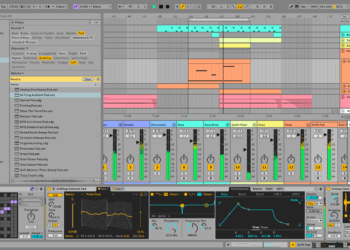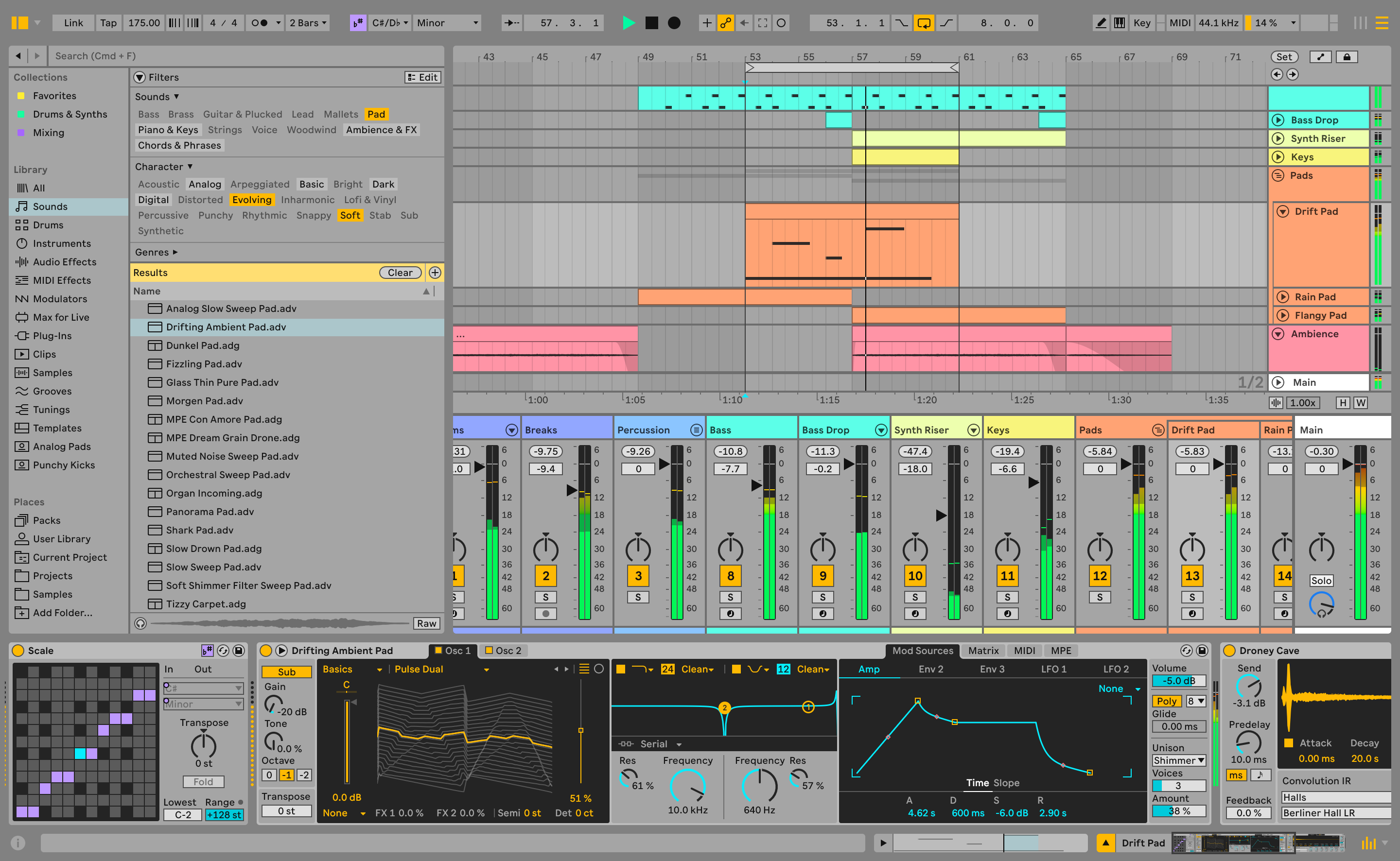Everytime we get a press release from Ableton, we open it with baited breath – is this Live 9? Nope, just a new Beta of 8.4 – but adding a 64-bit version of Live is no small shakes either, and perhaps a sign of significant feature development in a ramp-up to the next version.
64-bit is an important step for Live, and a long awaited feature, considering that 64-bit operating systems have been around for a quite a while. What does it mean, exactly? We’ll let Ableton explain:
The terms 32-bit and 64-bit refer to how much of your computer’s memory (RAM) can be used by applications. The 32-bit version of Live (like all 32-bit applications) can use up to four gigabytes of RAM, which means that it may not be possible to use very large sample collections or very memory-hungry plug-ins.
In contrast, the 64-bit version of Live can use a theoretical maximum of 16 exabytes of RAM – much more RAM than computers actually have. This means you can work with Live Sets (natively, with third-party plug-ins, and in ReWire configurations) that are much larger and more memory intensive than in the 32-bit version. You are no longer restricted by the 32-bit memory limit; only by how much RAM you have installed in your computer.
More than 4GB of RAM, hooray! Now we can load up a metric crap-ton of presets and VSTs and throw automations on every possible parameter and still sail smoothy, right?
Only a few limitations right now:
- Max for Live won’t work (so much for using our top 5 favorite M4L patches)
- The Bridge won’t work – no Serato/Ableton action in 64-bit mode!
- No video support – although it’s rare we see people doing video performances in Ableton
The Bottom Line: If you’re rocking more than 4GB of RAM, grab a copy of the beta ASAP.
For more details about the 64-bit version of Live, check out Ableton’s Q+A page.









